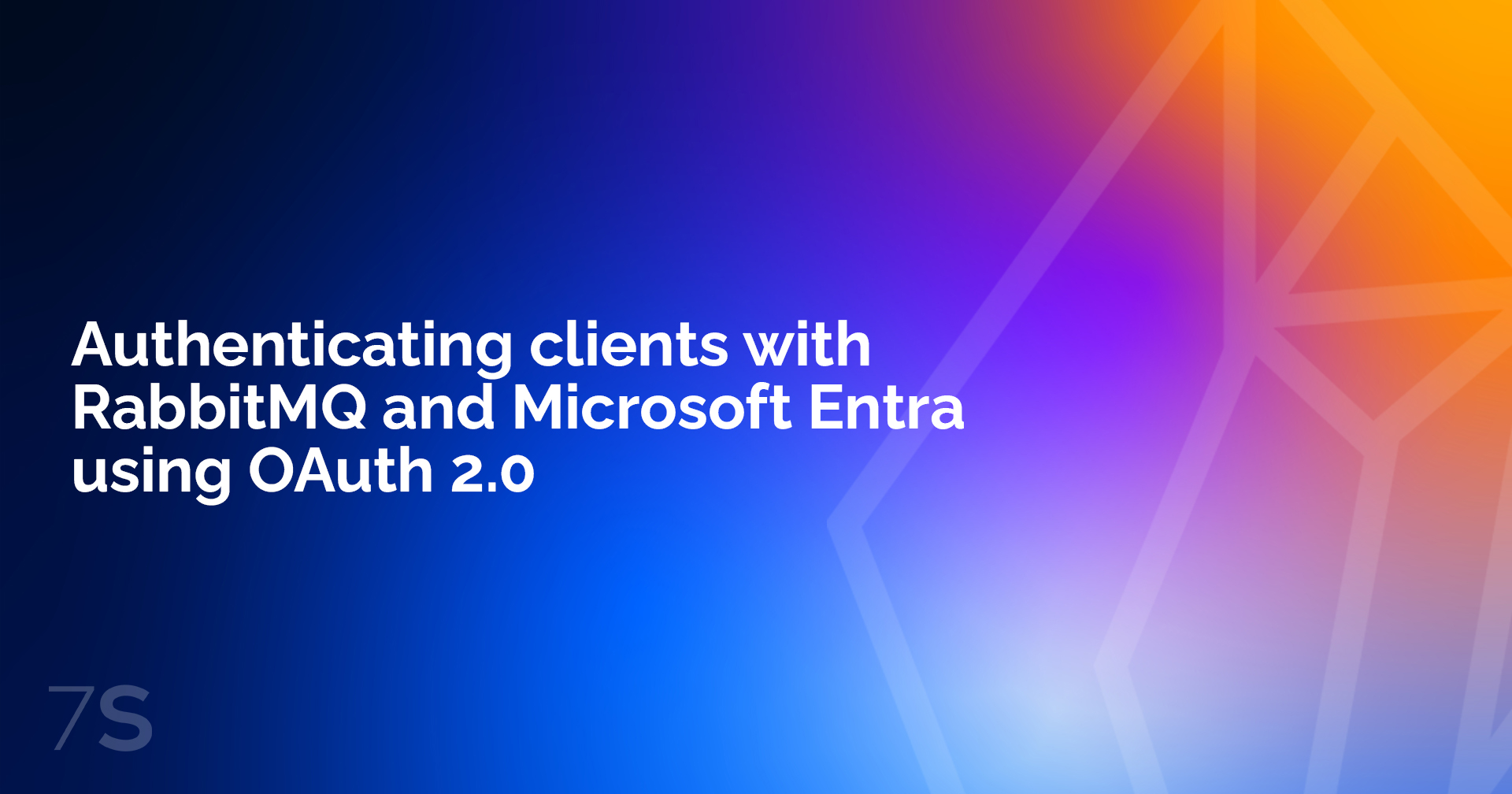Category: Explained
-

Authenticating clients with RabbitMQ and Microsoft Entra using OAuth 2.0
Securing data transactions and maintaining compliance are critical in enterprise IT. As a leading RabbitMQ consulting company, we excel in deploying secure messaging solutions that meet these needs. RabbitMQ, an essential open-source message broker, enables reliable and flexible communication across distributed applications. Microsoft Entra (formerly known as Azure Active Directory) is a comprehensive identity and…
-

Under the hood of RabbitMQ: Introducing Khepri
RabbitMQ has been using Erlang’s built in distributed database Mnesia since its inception. Due to its reliance on Mnesia, RabbitMQ was having many limitations and issues, especially around mirroring and high availability. Data safety and high availability are important for many users of RabbitMQ today, migration to Khepri will enable these users to rely on…
-

How to use RabbitMQ in service integration
In this blogpost, we discuss the major challenges of integrating legacy and non-legacy systems and how RabbitMQ can provide a solution… Originally written 13 May 2021 for the Erlang Solutions blog RabbitMQ is not the first thing that comes to mind when we talk about integrating legacy services. We use high level frameworks to hide…
-

RabbitMQ’s Anatomy – Understanding Topic Exchanges
In RabbitMQ (and AMQP in general), an exchange is the abstraction and routing entity to which messages are published to, from external connecting applications. There are four kinds of exchange types, one of which is the TOPIC exchange. Amongst these four exchange types, the TOPIC exchange offers the most flexible routing mechanism. Queues are bound to TOPIC…
